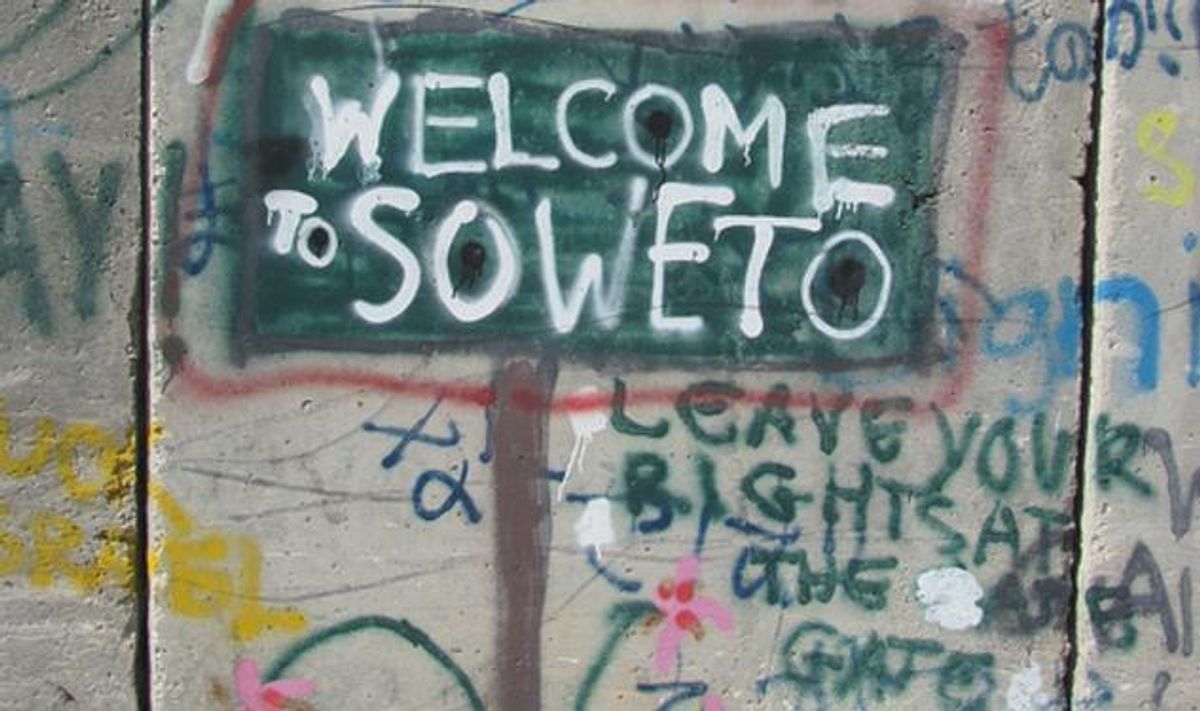
A look into a township that's as contradictory as its home nation.
August 26 2013 4:36 PM EST
May 26 2023 1:24 PM EST
By continuing to use our site, you agree to our Private Policy and Terms of Use.

South Africa has recognized legal same sex marriages since 2006, and remains the only country on the African continent to do so. This means that Africa's wealthiest nation is, theoretically, a model for LGBT equality. That of course is not always the case: homophobia, particularly violence against lesbians, continues to exist in the so-called Rainbow Nation. But despite its many failings, social as well as economic, South Africa remains a beacon for anyone interested in the global fight against discrimination.
It was here that blacks, white, gays, and straights came together to overturn the institutionalized segregation known as apartheid, a dark chapter in history that came to an end with the 1994 election of Nelson Mandela and a rewriting of South Africa's constitution that included sexual orientation and gender identity as constitutionally protected citizens. That too was a first.
Many events led to the end of apartheid, but one of the most important was the June 16, 1976 uprising in the Soweto township, areas set apart by the racist government for black South Africans. It was in Soweto that protesters, mostly students but also religious leaders, doctors, and other community leaders, laid the foundation for a final, protracted battle that ended with apartheid's 1990 disintegration.
That rebellion, commemorated each year on June 16th's Youth Day, remains integral to the history of Soweto, South Africa, and the world. And as you'll see in this installment of 3-Minute Postcards, Soweto is more than just a piece of history. It's a place where dreams and realities come together, and with surprising results.
[Image via Carlos A. Hernandez's Flickr.]
Beware of the Straightors: 'The Traitors' bros vs. the women and gays